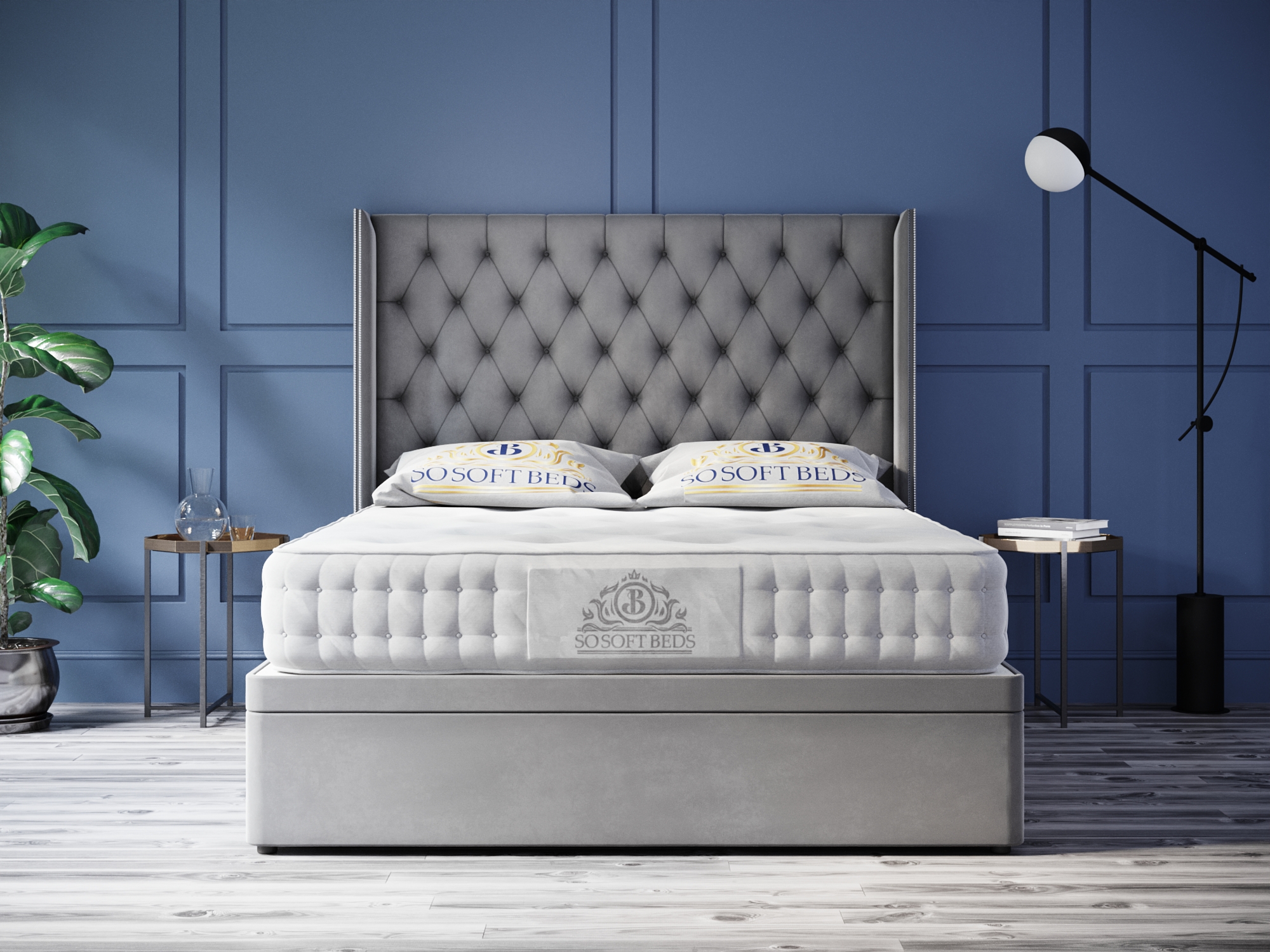
From the history of bedding
Today we have a huge selection of bed linens of different colors, manufacturers, sewn from different materials: poplin, sateen, percale and so on. Do you know the history of the origin of bed linen? Can you imagine your life without this seemingly simple, but at the same time great achievement of mankind?
Our most distant ancestors slept in the branches of trees. Only there could one feel safe and protected from predators. Then ancient man moved into caves, and soon learned to build secure dwellings for himself. And the very first bedding in history was an animal hide.
About 73,000 years ago, people began to make two-, three-meter-thick bedding, which consisted of layers of pressed grass, sedge stalks and reeds about a centimeter thick. And were covered with broad leaves of plants, which with their odor repelled insects. In the IV century BC in ancient beds were already laid mattresses with hare's wool.
The primacy of bed creation belongs to the Sumerian civilization, which is much older than the Egyptian civilization. Sumerians were the first to have separate rooms in their dwellings. These rooms were intended for sleeping and were furnished with a special place for this purpose - similar to a modern bed. The bed of the ancient Sumerians was quite hard.
But whether the Sumerians had bedding remains an unsolved mystery.
Bedding, like most other inventions of mankind, is attributed to the ancient Egyptians and Romans.
Ancient Egyptians began using wooden rectangular frames as beds in the Bronze Age, on which they stretched a net woven from straps and ropes. The frame was mounted on four supports. They were made, as a rule, in the form of animal paws. In this way, the ancient Egyptians were able to raise the rookery above the ground. Bedding became widespread in Egypt. It was considered a symbol of light and purity, as well as a symbol of prosperity. However, such beds were used by noblemen to rest on. Egyptian mummies were often wrapped in bedding.
The ancient Romans were the first to make wooden beds with a headboard in the headboard. It was decorated with bronze plaques. Such beds were called "lectus". The people of Rome used to cover their beds with linen cloths. Various floral patterns were drawn on these fabrics, as well as characters from the mythology of the time. By the way, flax was bought from the Egyptians.
At all times highly valued sets of natural fabrics: silk, calico, linen. Flax farming flourished in the 5th and 4th millennia BC in Mesopotamia, Assyria, and ancient China.
Until the early 15th century. only a few descriptions of linen in houses and castles are known.
Bed linen as we know it today originated in Italy in the 15th century. At that time it was fashionable to sew white pillowcases and sheets (hence the name "linen"), duvet covers were not used by Italians neither then nor now, instead they are folding sheets. Until the 18th century, bedding was considered a luxury and was only available to noble families. They were often embroidered with family crests.
Linens of that era were decorated with various woven patterns. Holland was considered a trendsetter in the manufacture of linen in the 17th century. And for a century, the pan-European center for the production of linen and silk damask was Amsterdam. In the eighteenth century it was replaced by Saxony.
Beginning in the 19th century, linens became affordable for the middle classes as well.
It was customary to put three sheets and six pillows in pillowcases of varying sizes on each bed. First a hair mattress was laid, on it a canvas sheet made of fine linen with trimming. In Andersen's famous fairy tale "The Princess on the Pea", the queen was only following the fashion of the time by placing a great many featherbeds and pillows on the princess's bedding.
In the decoration of the bedrooms of merchants, burghers and wealthy peasants, the bed was covered with a curtain, sometimes in the headboard. The chimneypiece was richly decorated with embroidery and lace. Another sheet was put under the blanket.
In the old days, it was customary to stock up on linens for inheritance and as dowries. It was natural to have more than a dozen sets of linens lying around the house.
XIX century brings new trends: very popular becomes very popular embroidery white smooth on the canvas of the same color. Switzerland was particularly famous for this kind of embroidery.
At the beginning of the twentieth century, bed linen was a kind of criterion of wealth, it was necessarily included in the dowry of the bride. A maiden from childhood collected her dowry: she spun yarn, wove linen or cotton cloth, embroidered it with patterns and laces. Snow-white linens for weddings were a symbol of purity and fidelity. The social status of the newlywed was determined by her dowry, the bride's trunk was sure to contain linens personally embroidered with lace and elegant ornaments. The most beautiful things were handed down from generation to generation, from mother to daughter, they were carefully preserved and displayed as an object of special pride of the family.
Our familiar envelopes - duvet covers did not appear until five centuries later only after World War II. Their role until then was performed by the sheet, which was fastened or sewn to the blanket. That's when minimalism in bedding set appears: one sheet, one blanket and pillow for each person. No frills, great attention is paid to hygiene and simplicity of bedding. That's when machine production was started.
